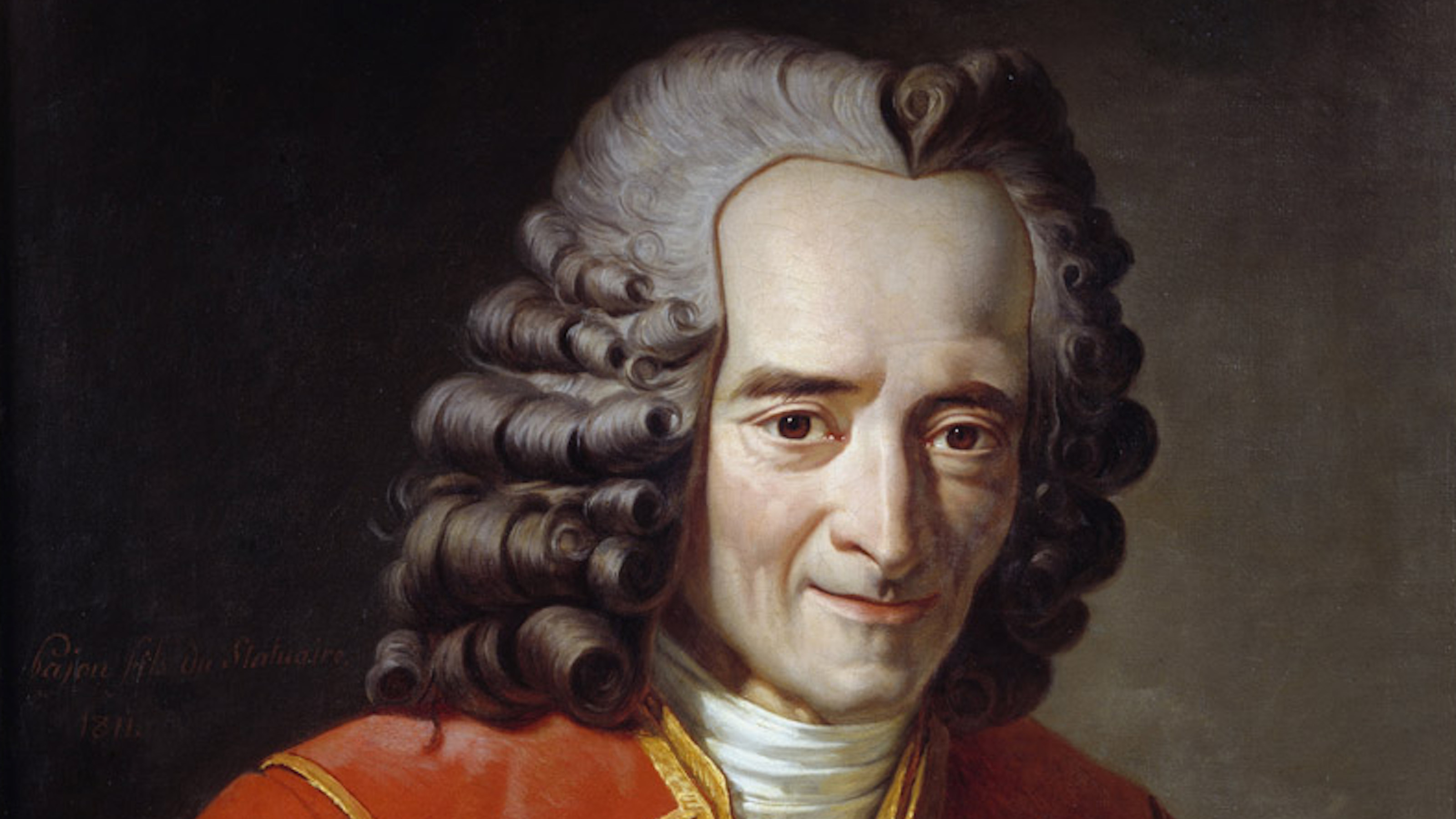There is more global immigration than ever before because we live in a dispersed, and therefore connected, world. Great societies have always depended on immigrants, and today is no exception.
Parag Khanna: Global migration is a pervasive reality. We have more migrants than ever in history. We even have more migrants as a percentage of the world population just creeping up to about three plus percent of the world population are people who live outside of their country of origin. They’re ex pats, economic migrants, whatever you want to call them. And that’s three percent of a much larger world population than was the case in 1950, right. We’re approaching a world of seven-and-a-half, eight billion people more than three percent of whom are now migrants. So that’s nearly 300 million people who are living outside their country of origin who may be temporary. They may be permanent. I believe that this global migrant hoard if you will is always chasing the supply chain, always chasing jobs, always chasing a better life, always chasing good cities to live in. And in fact, most places in the world are reducing the barriers to entry for migrants. In 2015 Europe let in one million migrants, right, particularly political refugees from the Middle East. Now they’re talking about some limited migration controls from the Middle East and within their own territories across European borders.This is a very limited process because European countries are of course largely open to each other and generally very integrated. Their supply chains, their economies are very, very interdependent. But even if Europe were to impose very strict migration restrictions that does not tell us about the global picture. The same year, 2015, ASEAN, the Association of Southeast Asian Nations, which is ten countries and 700 million people which is greater than the population of Europe passed an ASEAN economic community and ratified a treaty to allow the free mobility of labor across its countries.
So even if in one year 600 million people in Europe decided they want to limit mobility the same year 700 million people in Asia decided they want to increase mobility. So only from a totally Eurocentric standpoint are walls going up and migration becomes more difficult. That’s not actually what is happening on a worldwide basis. In fact we’re going into a period that I describe as a great demographic dilution, even a genetic dilution. There is so much more intermingling of different ethnic populations happening around the world that there are very few countries left that you could even define as nation states. Traditionally we think of a nation state as a country where 85 or 90 percent of the population belongs to the same ethnic group.The number of nation states is declining because more and more countries are becoming more ethnically diverse. Even in Europe where the idea of the nation state really began in the Middle Ages and into the modern nation states of Western Europe today there you see a growing percentage of migrants and therefore those countries are no longer even nation states. So in fact, we have this genetic intermingling and we see this particularly in global cities that are melting pots. Places like Singapore or Hong Kong or Dubai or Toronto or London. Places where the foreign born percentage of the population, maybe 40 percent, 50 percent. In the case of Dubai even 85 or 90 percent of the residents actually don’t come from that place. And so we see literally mingling of ethnicities, mixed birth children and this mingling of populations that has never taken place before at this rapid rate. So yes, populism is a feature of our politics. There is a backlash against immigration to some degree in quite a few places. But the global picture is one of more mass migration and integration across societies.
It is very important for us to not be deterministic about geography and instead to always take into account the layer of connectivity on top of geography and the impact that has. In other words the relationship between political geography which is our nations and boundaries and political barriers and functional geography which are the connections that we build across those boundaries. Do understand the relationship between any two countries you have to take into account not just the political boundary but the infrastructural connectivity. The obvious example is the United States and Mexico. It may be the case hypothetically that one day if some particular person were to become president of the United States he may wish to erect some kind of a wall on the border between the two countries which might have the impact of reducing the inflow into America of a very small number of illegal migrants into the country.
Does that tell you everything you need to know about U.S.-Mexico relations? Not by a long shot. In fact U.S.-Mexico relations consist of the following. It is one of the world’s two or three most heavily legally transited borders with hundreds of thousands of people moving across every single day. It is one of the largest trade relationships in the world with more than several hundred billion dollars of annual trade every single year. It is two countries that are massively investing in each other’s economies, particularly the United States now investing more and more in the Mexican energy supply, in the Mexican energy sector, in the Mexican automotive sector. And of course there are still very large amounts of demographic and ideational and communications and electronics flows that are happening between the two countries all the time. That is U.S.-Mexico relations, not whether or not there is a wall or not a wall on the border. So if you multiply that by every single border in the world you start to understand that there is so much more connectivity between countries than there is division.
And that’s just if we’re talking about countries that border each other. But only 25 percent of world trade is between countries that share a border. Seventy-five percent of world trade is between countries that are not physically connected to each other at all. There is obviously lots of connectivity between all of our societies. Otherwise how would 75 percent of our world trade be taking place at all? And in fact, the value of world trade in services, things that we zap rather than ship is now more valuable than the trade in goods, things that we physically put in containers and ship. And so if you think about the full almost total digital connectivity that is encompassing the world with the rapid spread of mobile communications and the internet the more you realize that even if you can’t physical see the connectivity it is such an intimate part of our lives and our economy.
We know that throughout history the great thriving commercial and even political centers of the world have been open, diverse, tolerant melting pots. Ancient Greece was like this. The Roman Empire was like this. The Ottoman Empire was a very diverse empire. The great trading centers of European history, particularly Amsterdam were very diverse and inclusive. London during the British Empire welcomed in people from all across the commonwealth. And today the great global cities of the world such as New York or Los Angeles or London or Dubai or Singapore are all very diverse cities. In an age where we pride cities on being thriving and creative and innovative and having services as a dominant part of their economy those sources of dynamism come from being tolerant and open to immigration. So we find a real correlation between the great cities in the world, the desirable places to live and their openness to immigration and talent and diversity. And I think that’s something to celebrate.





